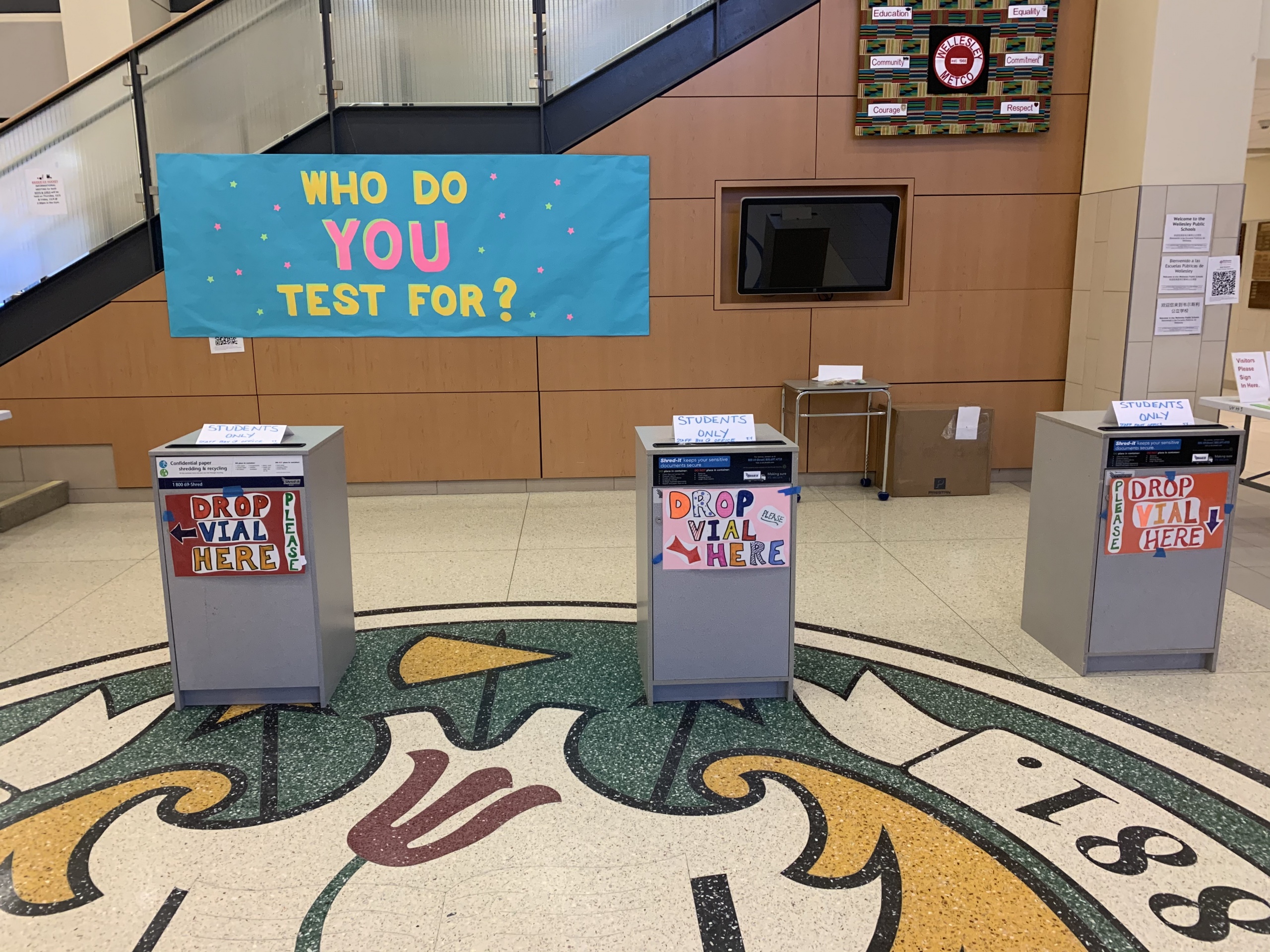On November 11, a spike in COVID-19 cases at the high school forced classes to go fully remote until December 1. With students and staff now back in the building for in-person learning, new mitigation steps have been implemented in the building to further enhance health and safety.
Because the majority of positive cases that caused the high school to temporarily halt in-person learning showed strong evidence of in-school transmission, an investigation was launched while students and staff were remote to determine how these transmissions occurred and what steps would be needed to safely return to in-person learning.
“The School Department, Health Department, and Facilities Management Department collaborated in a thorough investigation of these cases to better understand why, despite so many safety protocols in place, there was in-school transmission of the virus,” said Wellesley Public Schools superintendent Dr. David Lussier in a note to the community. “This included a review of heating, ventilating and air-conditioning (HVAC) systems and air circulation, mapping movement patterns and locations of work stations, cleaning protocols, and many other areas of daily operations.”
Ultimately, the team found that the main office area was the origin of many of the cases, and therefore implemented new protocols to reduce the number of people in the area at a given time, increase air circulation, and define certain doors for entrance and exit. Another finding the team reported was that the plexiglass dividers, along with side panels, intended to reduce direct contact face-to-face,posed a significant threat to proper air circulation.
The high school will continue to administer weekly baseline COVID-19 viral testing to students and staff. Approximately 1,200 students and staff participated in the round of testing following Thanksgiving break, and high school principal Dr. Jamie Chisum hopes to inspire high numbers of participation in future rounds of viral testing with a new addition to the lobby.
“We hung a huge banner in our lobby that reads, ‘who do you test for?’ This is, of course, an appeal to students to think about how their choices help the people they care about the most,” said Chisum. “Students should also think about who they are wearing their masks for? Who are they physically distancing themselves for?”

